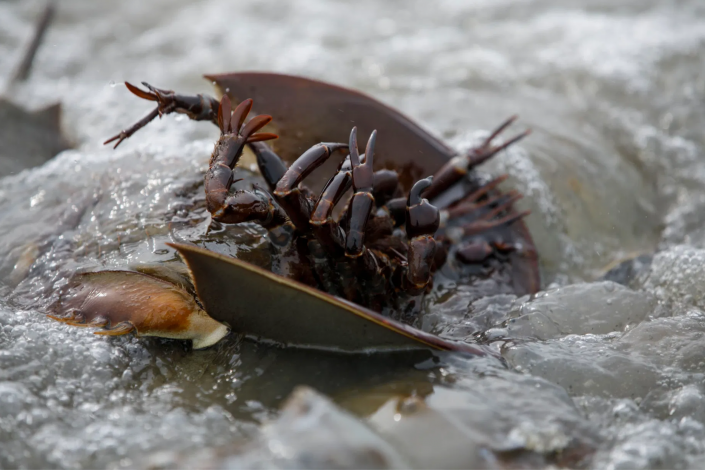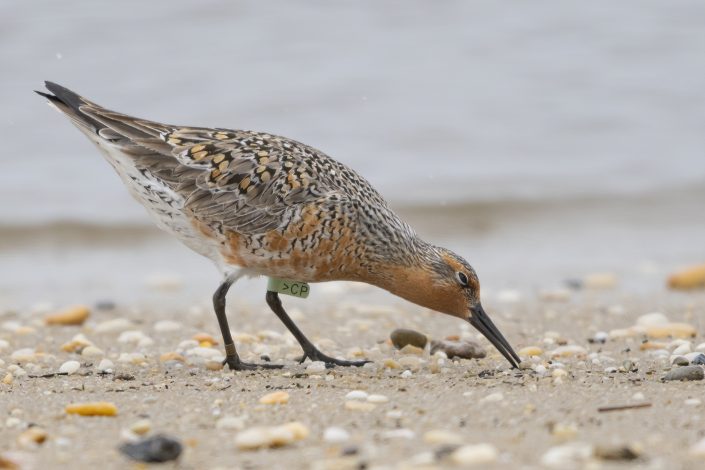CWF In The News: Climate Change Among Factors Affecting the Horseshoe Crab and Shorebird Population
by Ethan Gilardi, Wildlife Biologist

South Jersey Climate News recently took a deep dive into the relationship between horseshoe crabs and shorebirds on the Delaware Bay, and how global climate change has impacted this already delicate bond between species.
CWF biologist Larissa Smith was interviewed for the piece, providing context about what we are doing to help the horseshoe crabs and shorebirds through the Shorebird Stewards Program.
The article does a wonderful job explaining the precarious position NJ’s summer shorebirds find themselves in, detailing their arduous migration from South America to New Jersey to the Arctic and back, as well as explaining how and why our shorebirds and horseshoe crabs find themselves in peril.
Follow the link below to also find a video of U.S. Fish & Wildlife Service Employee and volunteer Shorebird Steward Ariel Poirier, who shares some of her experiences with the program and explains what it means to be a Shorebird Steward.
Read more on South Jersey Climate News.

